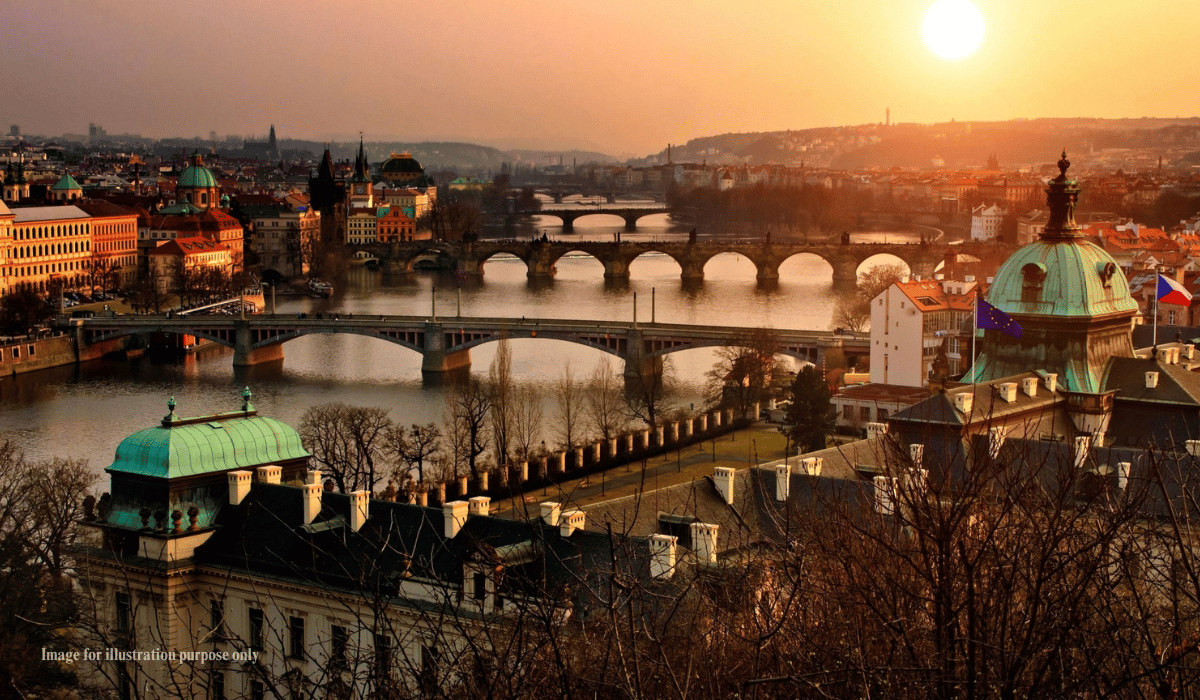The city of Mumbai has been glorified over the years for more reasons than one. While it is considered India’s financial capital and often referred to as the “city of dreams”, Mumbai is much more than just its money-making identity. The development of Mumbai from being an archipelago of seven islands to being a metropolitan city has been exemplary. The generations who have seen the city transform, still, affectionately call it by the primitive name “Bombay”.
Tracing back to their origins, the 7 islands of Bombay or Bom Bahia were gifted to the British royalty in 1661 by the Portuguese as part of Queen Catherine’s dowry. The British East India Company identified the significance of Bombay’s natural harbour, which could be useful for trade. So, they leased the city from King Charles and transformed it into a formidable port that lay the foundation of Bombay.
The Need for Fortification
The British East India Company connected the seven islands through land reclamation and made Bombay the hub of commercial activities. They fortified the city to mark their supremacy along the borders and demarcate their reign. Since the British East India Company already had ports along the east and south coast of India, Bombay being on the west coast gave them full control of India’s waterways.
Bombay is the home to 12 forts that have been built along its coastline from the 16th to the 20th century. To maintain their dominance of the city, both the British and Portuguese built forts for administrative and security purposes. Although these forts were not built to accommodate luxury, they are considered inspiring works of architecture. The forts are a living example of the brilliant military strategy of the British. The black basalt stone used for construction was robust and locally available.

The Portuguese built Bombay’s first fort – Bombay Castle, also known as Casa da Orta in the 16th century. It is also Bombay’s oldest surviving structure and the building around which the city began to grow. The building was used for administrative and residential purposes, and now houses the offices of India’s Western Naval Command.
The remaining forts were built either as watchtowers or as defensive military bases. Bandra Fort, Worli Fort, Sewri Fort, Sion Fort, Riwa Fort, Madh Fort, and Mazagaon Fort were constructed as watchtowers to keep a tab on any coastal infiltrations. Whereas, Bassein Fort, Dongri Fort, Mahim Fort, and Fort George were built for defence.
The Prevailing State of Bombay’s Forts

The forts that once stood as pillars of Bombay’s strength have now aged into ruins. Despite being built in picturesque locations and providing beautiful views of the sea and city, the forts did not bloom into contemporary tourist spots. Instead, today they are home to illicit activities which further reduces the tourism potential of these forts. Moreover, the structural stability of these forts is questionable. Illegal encroachments or settlements around these forts have further degraded their physical conditions.
The early negligence of building conservation by the city and state authorities has resulted in such degradation. While the need for conservation and restoration has been strongly felt today, much of the damage done is irreversible. The dilapidation of these forts continues due to the lack of coordination and communication between multiple agencies involved. The state’s archaeological department, local administrative authority, slum rehabilitation authority, and leading conservation architects are all stakeholders in the redevelopment planning of these forts.

The agony of Mahim fort is such that the fort that once served as a promising watchtower now serves as the residence to 500 odd encroachers. These people have been living here for over 50 years and have warded off all efforts for reclamation and development. In this case, one of Mumbai’s leading conservation architects Abha Narain Lambah quoted, “The situation at Mahim Fort has become a nightmare. There are multiple agencies involved, and all departments keep passing the buck.” A similar trail of encroachment was witnessed at the Worli Fort, where a fully functional gym was constructed within the fort after its restoration by the Archaeological Survey of India in 2009.
However, with more such cases of illicit settlements coming to the forefront, Maharashtra’s Department of Tourism and Culture has taken the initiative to conserve Bombay’s forts. Under the leadership of Maharashtra’s Tourism Minister Aditya Thackeray and Cultural Affairs Minister Amit Deshmukh, a proposal for fort conservation has been drawn. The idea is to restore the forts to habitable spaces and make the project financially self-sustaining. This is to be achieved by repurposing forts as cultural venues to depict the grandeur of medieval Maharashtra. The forts considered under the project include Bandra Fort, Worli Fort, Sewri Fort, Riwa Fort, and Fort George. While the proposal does seem promising if it sees the day’s light or not depends on the government approvals.
Whether the authorities consider the proposal or not, it’s undeniable that heritage conservation is a social responsibility that needs immediate attention. Bombay’s forts are a prime example of why building conservation is something that we should act on. These buildings act as a reflection of human civilization and help us connect the dots to our ancestral glory. Keeping this connection with the past helps in learning about vernacular design and art. While many argue that Bombay’s forts are mere fortification walls and have no heritage value; the point of congeniality is that the walls have a lot to share about the materials, traditions, people, and skills of medieval times. And, if there’s still so much that these forts have to offer, then conserving them might be worth an effort.
Sources:
- The Hidden Histories Of Mumbai’s Most Famous Forts
- Revisiting the forgotten forts – Part I- Castella de Aguada: History of the grand ruins in Bandra most Mumbaikars are oblivious to
- Mumbai: BMC initiates restoration of Worli fort, project to cost Rs 2 crore
- Mahim Fort falls to ‘encroachers’
- Worli Fort faces encroachment
- Six forts in Mumbai to be developed into tourist spots soon
Disclaimer: The information contained herein have been compiled or arrived at, based upon information obtained in good faith from sources believed to be reliable. The opinions expressed within the content are solely the author’s and can be subject to change. The image featured in this article is only for illustration purposes. If you wish the article to be removed or edited, please send an email to editor@biltrax.com
Discover more from Biltrax Media, A Biltrax Group venture
Subscribe to get the latest posts sent to your email.





















